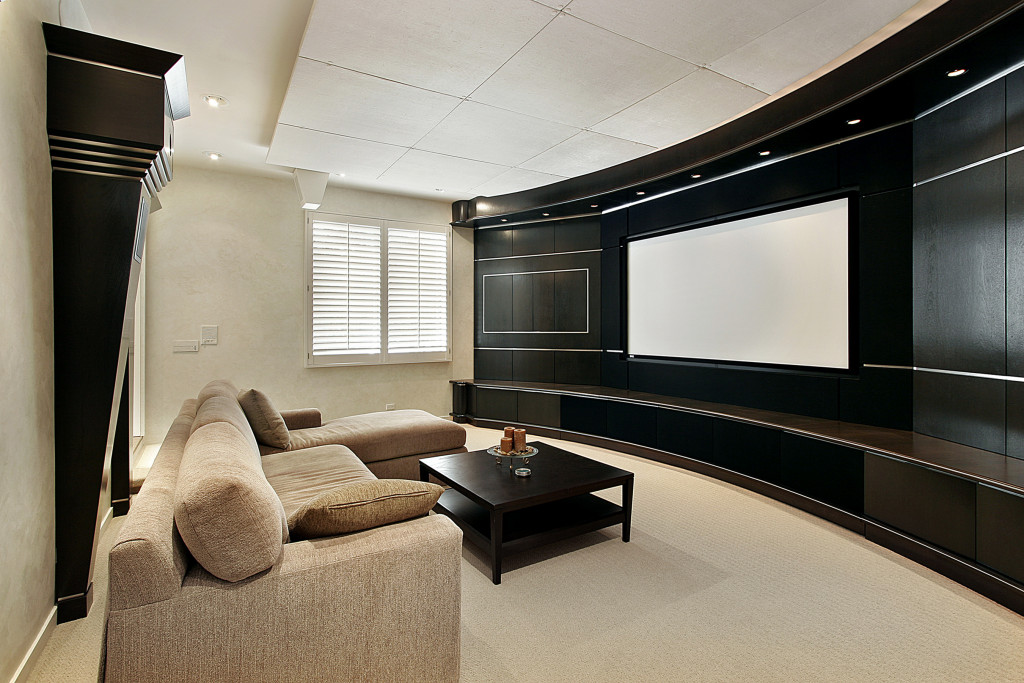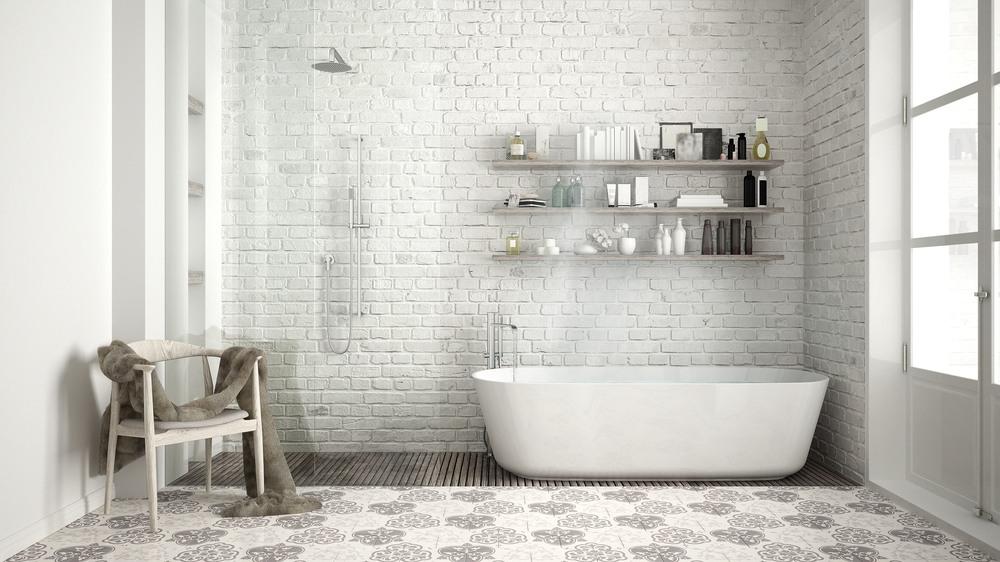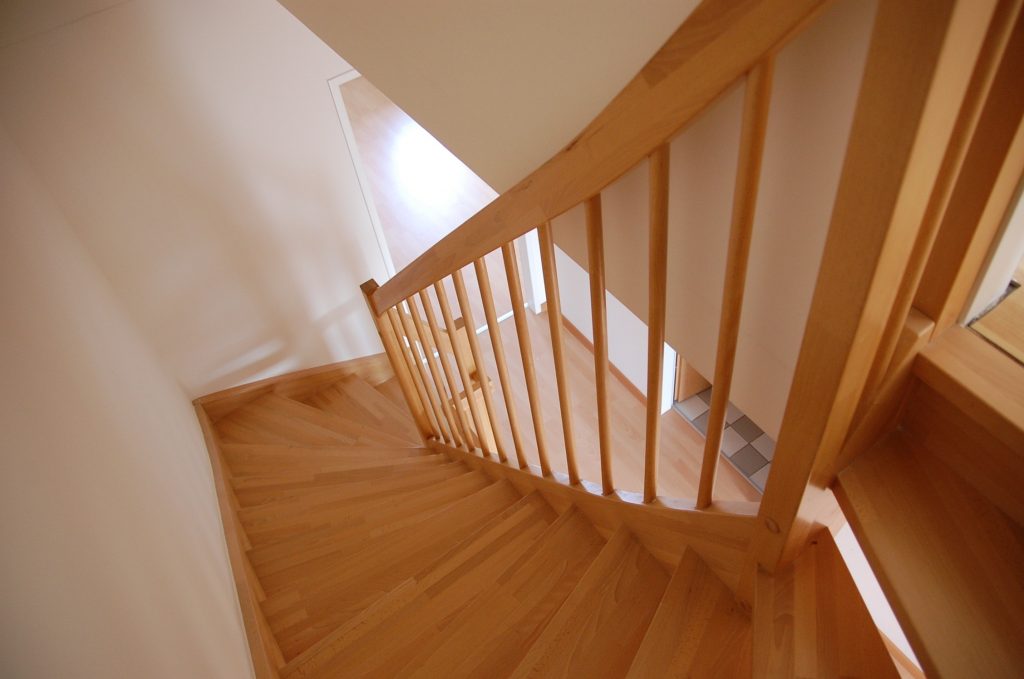What’s a home without a television screen? Whether you put that in your living room or your bedroom, the television is inarguably the point of entertainment of every home. It is impossible not to have it in your home when you have kids, even if you try your hardest not to expose them to media at first. People who would rather not watch TV will still have a set either way. So imagine how much more those who love watching movies want to have a dedicated space for that hobby?
Who doesn’t need a home theater, anyway? Whether it’s for you or your guests, the home theater will improve the value of the home and will differentiate it from all the other ones in the market. But lo and behold, home theaters don’t come cheap. The cost alone of the projector and speakers will be in the range of thousands of dollars, right? Fortunately, there are ways that you can create a mini home theater that doesn’t break the bank. You still have to put it in the budget of around $5,000, but it’ll be a worthy investment.
Choose a Dedicated Space
No matter how small, a home theater is a space dedicated solely to watching movies and TV. It doesn’t share space with a playroom or a library or the kitchen or the living room. This is an enclosed space large enough so viewers can maintain a proper distance from the screen. It should be at least 14 feet since the projector needs that distance to cast a 150-inch diagonal picture.
Control the Light
It’s generally okay for a home theater to have windows, but make sure you use modern window roller blinds that can black out the natural light from outside. Heavy drapes are good, too. Inside, you can use artificial lighting to highlight the other elements of the room, such as your collection of video games, for example. When choosing a room, the light source is an important consideration. The basement might be your best bet.
Control the Sound
The sound of kids running around or the chicken frying on the stove are not the kinds of sounds that you want to hear. The sound of your neighbor’s lawnmower will also crash in and destroy the ambiance of your home theater. Soundproof your room is the best solution. This is not going to cost much if you do it yourself. All you need is to put up second drywall or sound-reducing wallboard and install a solid door that will block out the sounds from outside.

Build an A/V Rack
What’s a home theater without a proper audio/visual component rack? Think of this as the central unit that controls your home theater. These days, homeowners are content with heaving a massive smart TV with all the streaming subscriptions such as Netflix, Hulu, Disney, HBO Go, Viu, and many others. However, if you are going all-in, you might as well invest in a cable box, home theater tuner, and even your video game console. Make sure that this area is near an electric outlet, though.
Ventilate the Room
The room itself should be well ventilated, especially the A/V rack, because these components create heat and damage themselves. You also don’t want the space to be stuffy, so make sure there’s enough ventilation, such as air ducts and windows that you can open when the room is not in use. Also, a good air purifier device will remove toxins and allergens inside the room, making it a safe space for everyone.
Plan a Flexible Lighting System
A home theater has to be dark for the full cinema experience. However, that doesn’t mean that it doesn’t need well-appointed lighting sources such as dimmers, soffits, recessed lights, and rope lights. Most of the light systems in a home theater are located behind the viewers to avoid degrading the whole cinema experience.
Layout Proper Seating
Viewers shouldn’t be too near or too far. If the room allows it, plan for tiered seating because it is truly the best way to achieve viewing pleasure. This kind of seating arrangement can solve the blockage problem. Even a small room can accommodate tiered seating though it will take a proper renovation and remodeling to achieve that. As for the chairs themselves, invest in cushioned seating for maximum comfort and sound absorption.
You do not need to spend tens of thousands of dollars on your home theater. Admittedly, home theaters are not the most affordable type of home remodeling. However, if the past one and a half years taught you something, it’s that you have to turn parts of your home into work, entertainment, and play areas.




